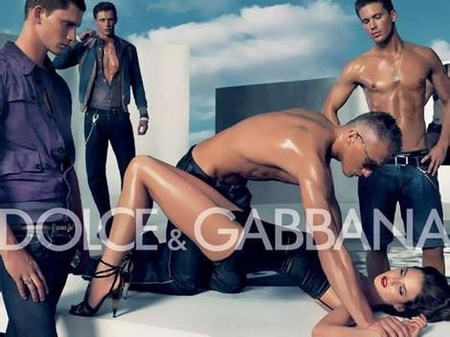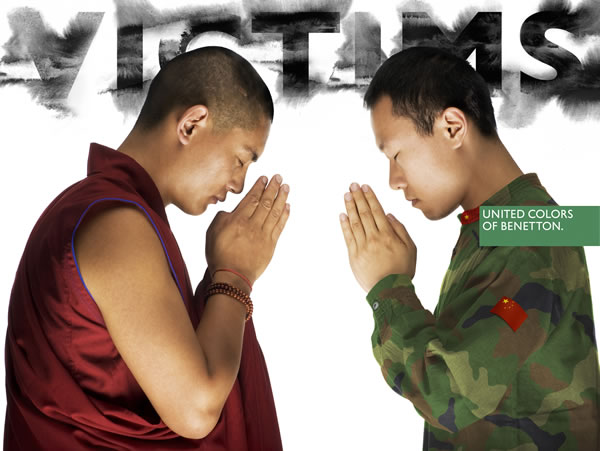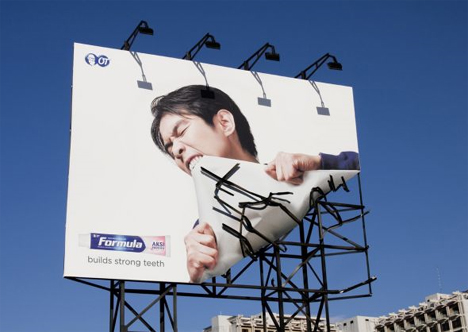That is the moral question one must answer when talking about gender stereotypes in advertising. Girls are known to wear pink and boys are known to wear blue. That's just the way society views gender roles. I believe that the advertising industry uses these generalizations to their advantage. In a way they are just mirroring society's views, but by doing this they're also making these views a social norm, and in turn indirectly supporting gender imbalances. These two things come hand in hand.
But I believe that when advertisers make hurtful, demeaning generalizations, that's when gender stereotyping becomes a problem. There are a few woman stereotypes that are used often in the media, and the irony of them being a joke does not make it okay.
Sexism in older ads are more predominant, but can still be seen in some today. A ritualization of subordination advertisement by Dolce and Gabbana is shown below.
But there is a lot more to understanding sexism in advertisements. According to Katherine Frith, there's the surface meaning, the advertisers intended meaning, and the cultural/ideological meaning. These ads can be interpreted in different ways depending on the person. An ad could be offensive depending on the individual. Most of the time the advertisers intended meaning does not equal the surface meaning seen by the viewer. Let's use Katherine analysis on this Dolce ad above.
The advertisers intended meaning may be clear or unclear, for this Dolce ad it isn't as clear as other. Personally I believe this is supposed to be sexual. The men are looking at her with desire (maybe because shes wearing Dolce) The advertiser is trying to express that Dolce and Gabanna creates desire, but the way she is position and outnumbered creates a whole new meaning. Especially in a cultural context.
This is a case in which the advertisers message got scrambled in it's delivery. Which is done very often.
Nowadays, I believe the gender roles are being more challenged than they have been in the past although there are still examples of these stereotypes still existing whether companies intend them to or not.











